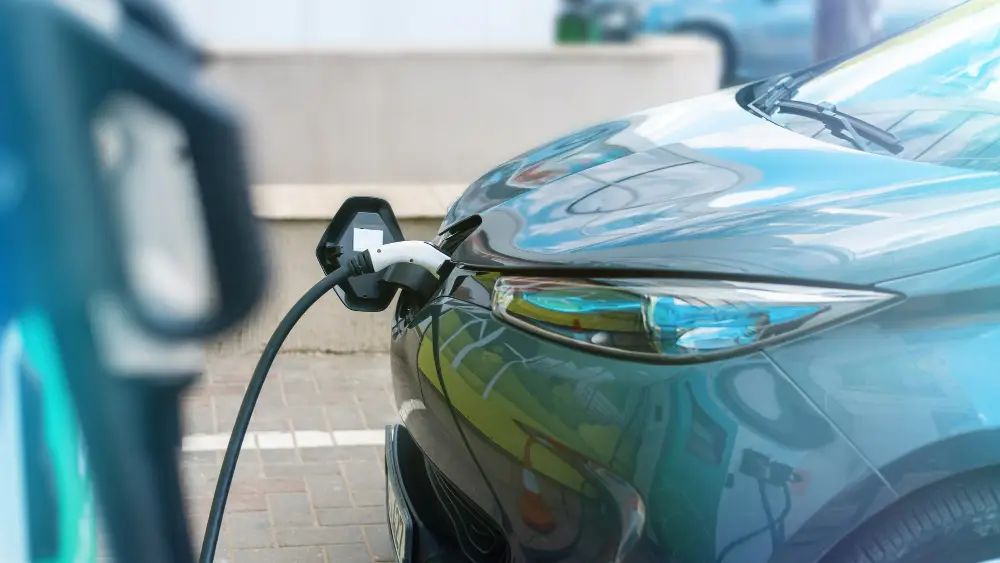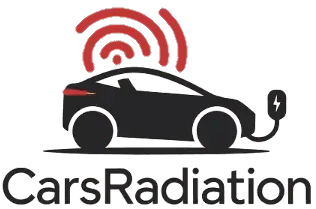Car Types and Sources of Radiation

The ongoing global transition to electric and hybrid vehicles is a necessary step toward reducing carbon emissions. However, it also introduces a lesser-known yet non-negligible concern: electromagnetic field (EMF) exposure inside the vehicle.
The source is intrinsic: high-voltage batteries, inverters, and numerous control systems operating in proximity to occupants. While regulatory agencies have long provided reference levels for general EMF exposure, automotive-specific standards remain incomplete or non-binding.
The objective of this document is to characterize the current state of vehicular EMF emissions, the applicable regulatory environment, and the challenges involved in safely implementing them within rapidly evolving vehicle platforms.
Overview of Radiation in Modern Vehicles
In the vehicular context, the term “radiation” refers primarily to electromagnetic fields (EMFs) generated by operational electrical systems. These EMFs can be decomposed into two main components: electric fields, which are produced by voltage differentials, and magnetic fields, which are induced by the flow of electric current. Within electric and hybrid vehicles, multiple subsystems contribute to the overall EMF environment, including but not limited to:
High-voltage energy storage systems (traction batteries)
- Propulsion electric motors
- Power conversion modules (inverters and DC-DC converters)
- Battery Management System (BMS) electronics
- Regenerative braking circuitry
- Onboard charging interfaces
- Wireless communication modules (e.g., Bluetooth, Wi-Fi, telematics units)
The proliferation of high-frequency switching circuits and high-current transmission pathways in modern automotive architectures leads to spatially and temporally variable EMF distributions within the passenger cabin. The resultant exposure topologies are determined by factors such as cable routing, component placement, and vehicle chassis design. Accurate characterization of these fields is essential for assessing risk thresholds and designing effective mitigation strategies. Additionally, such insights inform consumers and policymakers as they navigate decisions regarding EMF safety standards and product adoption.
Car Types and Their Specific Radiation Sources
Hybrid Electric Vehicles (HEVs)
 Hybrid Electric Vehicles (HEVs) integrate both an internal combustion engine (ICE) and an electric propulsion system comprising motors, power electronics, and a battery pack. The hybridization yields operational efficiency, but introduces a composite electromagnetic footprint due to the simultaneous presence of multiple electrical domains.
Hybrid Electric Vehicles (HEVs) integrate both an internal combustion engine (ICE) and an electric propulsion system comprising motors, power electronics, and a battery pack. The hybridization yields operational efficiency, but introduces a composite electromagnetic footprint due to the simultaneous presence of multiple electrical domains.
Primary EMF sources include:
- Electric drive motors
- Battery Management Systems (BMS)
- High-voltage cabling
- Inverters and other switching power electronics
HEVs typically contain parallel electrical subsystems, some routed in close physical proximity to the passenger floor pan and under-seat regions. These subsystems can operate concurrently, even at low vehicle speeds or standstill, particularly during regenerative braking phases, a mode frequently engaged in HEV cycles.
Field measurements indicate that under certain configurations, HEVs may exhibit elevated extremely low frequency (ELF) magnetic fields in comparison to fully electric vehicles. This is primarily attributed to higher circuit density and the electromagnetic superposition resulting from hybrid powertrain complexity.
Battery Electric Vehicles (BEVs)
Battery Electric Vehicles (BEVs) operate exclusively on electrical energy, omitting any mechanical drivetrain derived from combustion. Their architecture centers around a high-capacity battery pack and integrated electric drive system.
Key sources of EMF include:
- Traction battery arrays
- Inverter assemblies
- Drive motors
- Onboard fast-charging hardware
Additionally, BEVs incorporate various wireless subsystems (e.g., telematics, diagnostics), which introduce localized RF radiation. Wireless charging infrastructure, when implemented, adds an auxiliary magnetic field component during energy transfer operations, particularly in inductive systems.
Due to the typically centralized layout of electrical components, field intensity within the cabin may be reduced in BEVs relative to HEVs. However, EMF levels remain non-negligible, particularly under load conditions such as acceleration or rapid charge events, and are subject to spatial concentration near the powertrain path.
Plug-in Hybrid Electric Vehicles (PHEVs)
Plug-in Hybrid Electric Vehicles (PHEVs) combine extended-range electric drive with an ICE reserve, enabling both grid-dependent and fuel-based operation. The resulting hybridization imposes a radiation signature that encompasses features of both BEVs and HEVs.
Dominant EMF contributors include:
- Combined propulsion architecture
- Expanded BMS and charging circuitry
- Dual motor configurations
- Integrated high-voltage converter systems
PHEVs, like HEVs, exhibit compact component placement within the cabin envelope. Field mapping has identified elevated ELF zones during electric-only operation, particularly at low velocities or during regenerative braking. When ICE engagement occurs, additional noise sources, such as ignition events and alternator operation, overlay the base EMF profile.
This duality complicates exposure assessments and increases the necessity for component shielding and optimized layout, particularly in zones proximate to passengers.
Small Electric Buses
 Compact electric buses, especially those deployed in shared mobility and public service routes, represent high-duty-cycle applications of electric drivetrains. These platforms incorporate distributed energy systems and high-throughput electronics to accommodate frequent operation.
Compact electric buses, especially those deployed in shared mobility and public service routes, represent high-duty-cycle applications of electric drivetrains. These platforms incorporate distributed energy systems and high-throughput electronics to accommodate frequent operation.
Characteristic EMF sources include:
- High-capacity battery modules
- Multiple inverter chains
- Interconnect cabling
- Centralized power distribution units (PDUs)
The larger form factor and passenger occupancy elevate the challenge of managing EMF exposure uniformly. The concurrency of multiple subsystems, often active while idling or stationary, further compounds the electromagnetic environment.
Given the extended exposure duration and occupancy density, the implementation of active shielding strategies (e.g., field cancellation, structural decoupling) becomes critical to reduce cumulative dose across operation cycles.
Technical Aspects of Measuring Radiation in Vehicles
Characterizing the electromagnetic environment inside vehicles requires standardized instrumentation and methodology. Measurements must capture both ELF and radiofrequency (RF) domains under operational load.
Measurement techniques typically involve:
- Triaxial gaussmeters for ELF field detection
- Spectrum analyzers for RF mapping
- Field probes with directional sensitivity
- Dynamometers and simulated drive cycles for repeatable loading conditions
Field mapping is inherently complex due to the non-stationary behavior of electrical subsystems: transitions in speed, regenerative events, HVAC load changes, and wireless communication activity all contribute to temporal field variability.
The vehicle’s structural metal body may act as both a shield and a reflector, complicating spatial uniformity and field gradient interpretation. Therefore, multiple test points and averaging methodologies are often employed.
International guidelines, including those by ICNIRP and the European Commission, serve as reference frameworks for permissible exposure. However, independent evaluations suggest that these may not fully account for chronic, low-intensity exposure over long durations, particularly for vulnerable populations such as pregnant passengers or young children.
Recent innovations focus on mitigation, not solely measurement. These include:
- Phase-inverted field neutralization systems
- Reengineered cable routing to reduce proximity fields
- High-permeability shielding enclosures around high-current nodes
Such methods aim to address exposure at the source level, thereby improving safety margins without compromising powertrain performance.

